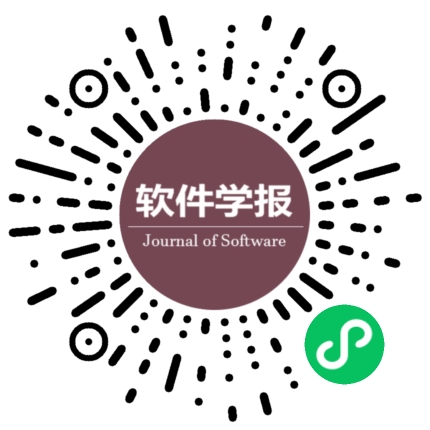物联网下的区块链访问控制综述
作者:
作者单位:
作者简介:
史锦山(1990-),男,内蒙古和林格尔人,博士生,CCF学生会员,主要研究领域为区块链,访问控制,物联网;李茹(1974-),女,博士,教授,博士生导师,CCF高级会员,主要研究领域为区块链,访问控制,物联网,下一代互联网.
通讯作者:
李茹,E-mail:csliru@imu.edu.cn
中图分类号:
基金项目:
国家自然科学基金(61862046,61363079)
Survey of Blockchain Access Control in Internet of Things
Author:
Affiliation:
Fund Project:
National Natural Science Foundation of China (61862046, 61363079)
引用本文
史锦山,李茹.物联网下的区块链访问控制综述.软件学报,2019,30(6):1632-1648
复制相关视频
分享
文章指标
- 点击次数:
- 下载次数:
- HTML阅读次数:
历史
- 收稿日期:2018-06-25
- 最后修改日期:2018-10-12
- 录用日期:
- 在线发布日期: 2019-03-28
- 出版日期:
文章二维码

您是第位访问者
版权所有:中国科学院软件研究所 京ICP备05046678号-3
地址:北京市海淀区中关村南四街4号,邮政编码:100190
电话:010-62562563 传真:010-62562533 Email:jos@iscas.ac.cn
技术支持:北京勤云科技发展有限公司
版权所有:中国科学院软件研究所 京ICP备05046678号-3
地址:北京市海淀区中关村南四街4号,邮政编码:100190
电话:010-62562563 传真:010-62562533 Email:jos@iscas.ac.cn
技术支持:北京勤云科技发展有限公司



